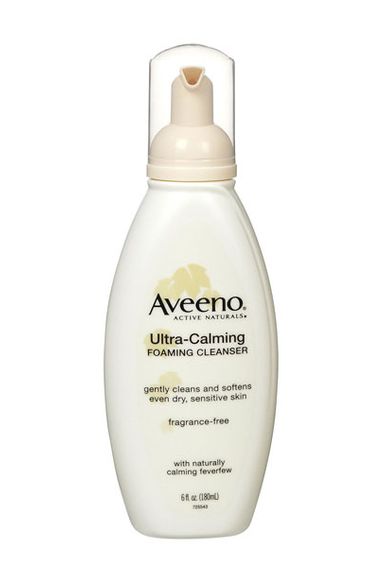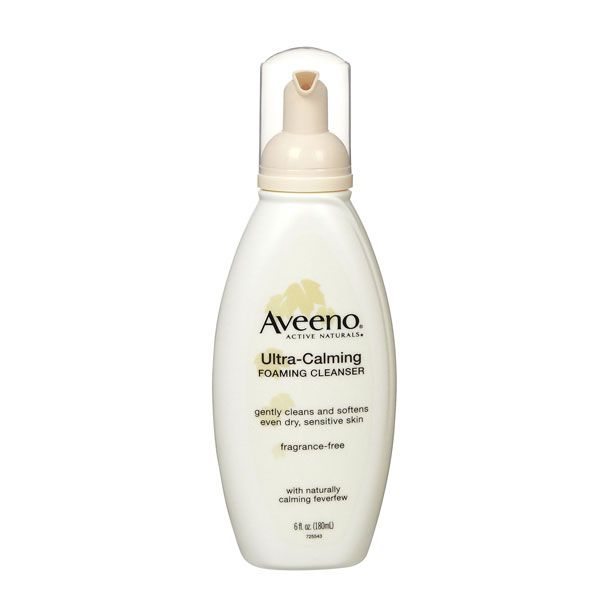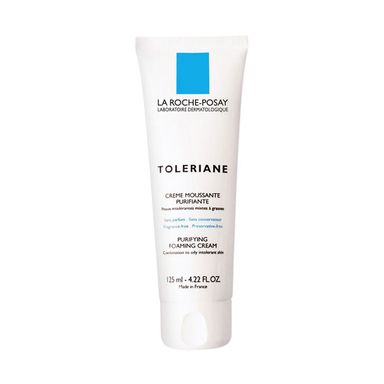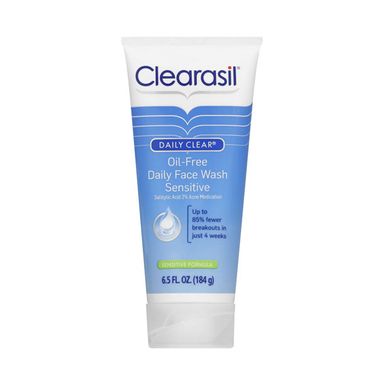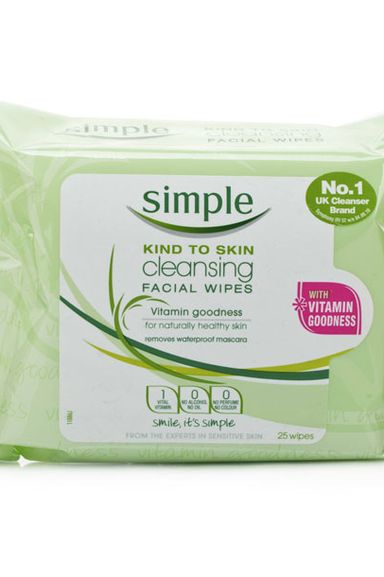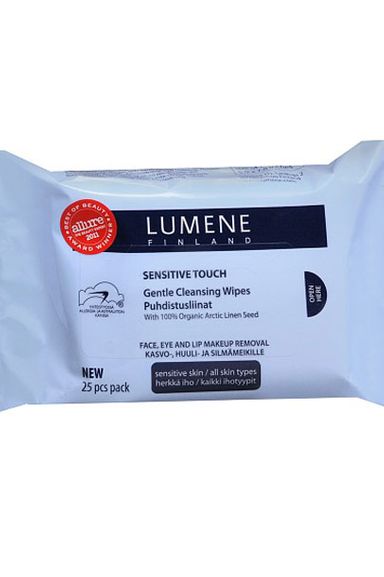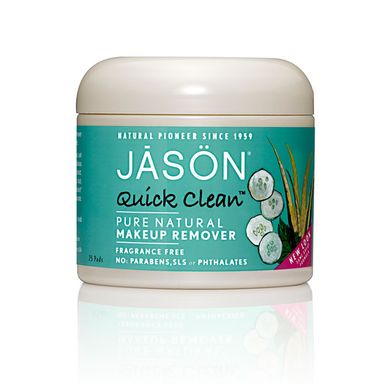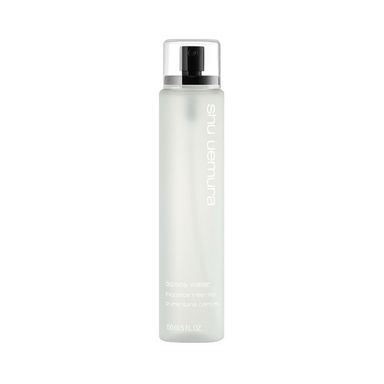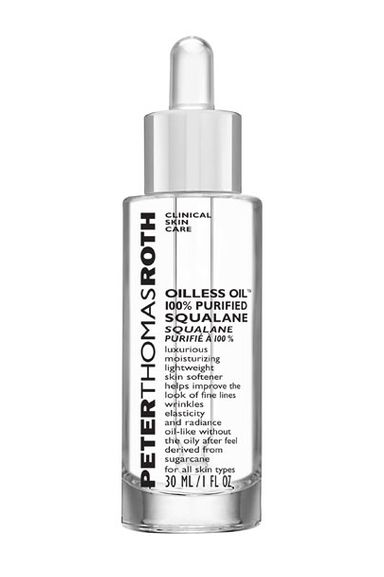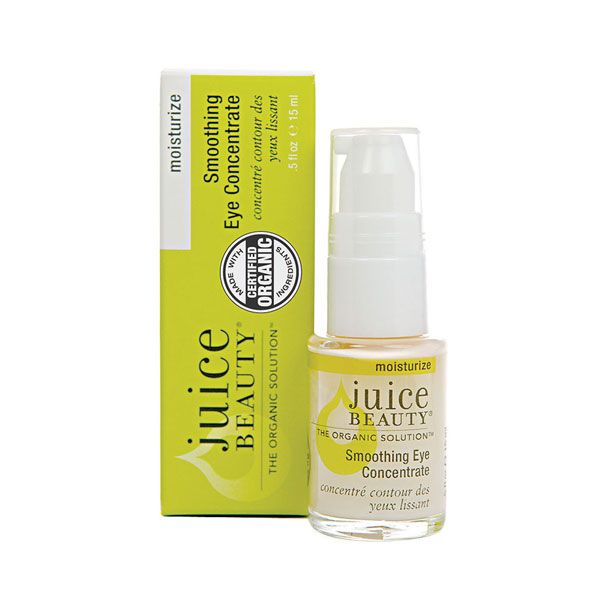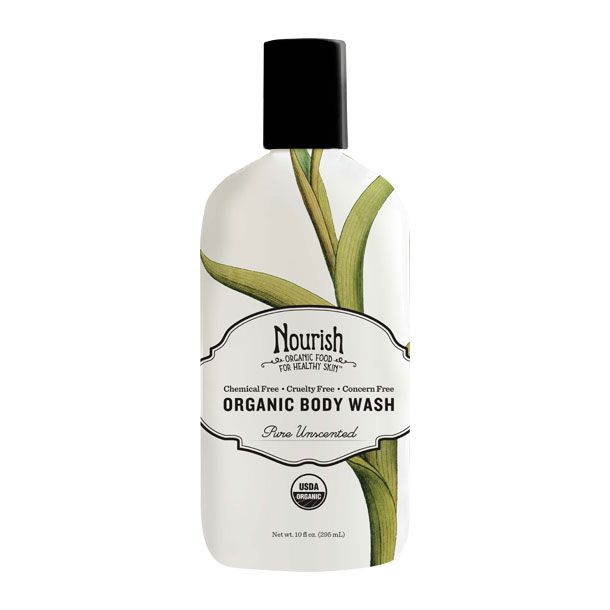The Guide to Living Life Unscented
The fragrance-free movement, which has the best tagline ever: “Think Before You Stink,” has gotten a lot of buzz lately. There’s an expanding group of people who believe that, like smoking, wearing fragrances should be banned from public places. Just this past week, there was a story about a church offering special “fragrance-free” seating areas for those not interested in smelling other congregants while they’re praying. (Then, of course, there’s Brad Pitt, who’s reportedly doing his own malodorous eau, but please don’t go that route.)
Whether it’s because of chemical and scent sensitivities or just the annoyance factor, there’s an increasing demand for unscented beauty products, and we rounded up a whole lot of them.
Even if you don’t think everyone should forgo Axe Body Spray in public, maybe you’re just tired of having the scents of all your different face potions clash with your Chanel No. 5. Or perhaps you’re a guy who sneakily uses your girlfriend’s products and doesn’t want the world to know you’re addicted to high-end hyaluronic acid. Whatever the reason, it’s really difficult to find truly fragrance-free, unscented products out there.
It also gets confusing because a lot of products that are labeled “fragrance-free” actually smell. According to Dr. Tom Mammone, the executive director of skin physiology and pharmacology in Clinique’s R&D department (Clinique famously formulates all its products to be fragrance-free and generally safe for sensitive skin), “fragrance-free” means that no artificial aromas get added to a product to mask the natural scent of other ingredients. “When a product is ‘unscented,’ it means it doesn’t have a detectable odor or scent,” Dr. Mammone clarified. So if scented oils like rose oil and lavender oil, which both have strong odors, are added to a product as active ingredients (as opposed to being added to mask smells), the product can still be labeled as “fragrance-free.” The FDA only loosely regulates the labeling for “fragrance-free” items and doesn’t regulate the term “unscented” at all. Companies need to disclose whether they use fragrance in a product, but they don’t need to clarify what that fragrance actually is, and sometimes, masking fragrances aren’t even listed on labels as fragrances at all.
To confuse things even further, so-called “natural” fragrances, like the aforementioned rose and lavender oils, are not necessarily better for you than synthetic ingredients, and indeed, may actually be worse for you. Last year, the European Union struck fear into the hearts of French perfumers with proposed legislation that would ban some natural ingredients that have been used in classic perfumes for centuries, including rose and lavender oil, because they’re known allergens.
So what’s a consumer who doesn’t want to smell like a sachet, nor break out like a leper, to do? Read the label and test products judiciously before you use them. Dr. Mammone also warned that you should be aware of which products you’re using around the eyes and lips, which are very sensitive areas. “In these regions, the skin is very thin and foreign elements easily penetrate, and the No. 1 sensitizer is fragrance,” he said. “Fragrance molecules are small and penetrate the skin, but also then react with the skin’s own proteins to create foreign molecules that the immune system reacts to. Therefore, you need to be very careful about using fragrance around the eyes and lips.”
With all of this in mind, we tested scores of products that meet the qualifications for being both fragrance-free (no added fragrance listed on the ingredient label) and unscented (they smell like nothing or very close to nothing — although some unscented, fragrance-free lotions smell a little, well, lotion-y). Since every person is different, you should still do a test patch before you douse yourself with any of these, especially since fragrances aren’t the only ingredients that can be allergenic. You should also note the term “hypoallergenic” is another descriptor that means absolutely nothing on packaging. Per the FDA, which doesn’t regulate the term, “The term ‘hypoallergenic’ may have considerable market value in promoting cosmetic products to consumers on a retail basis, but dermatologists say it has very little meaning.”
Click through for a thorough list of skin-and-body-care products, including mainstream and “natural” brands, as well as some makeup (many lipsticks, especially high-end brands, contain fragrance) that will let your true self shine (smell?) through.
